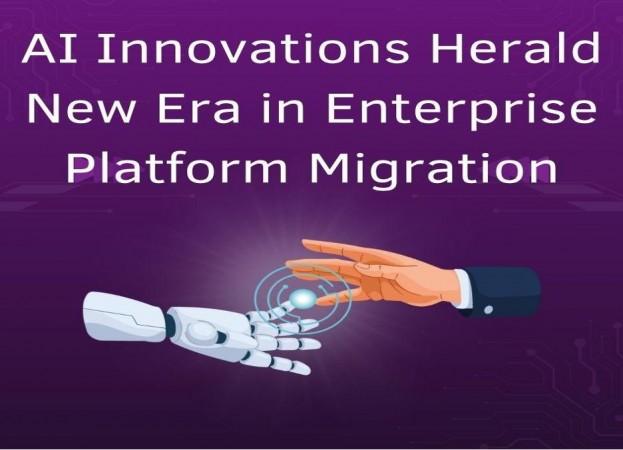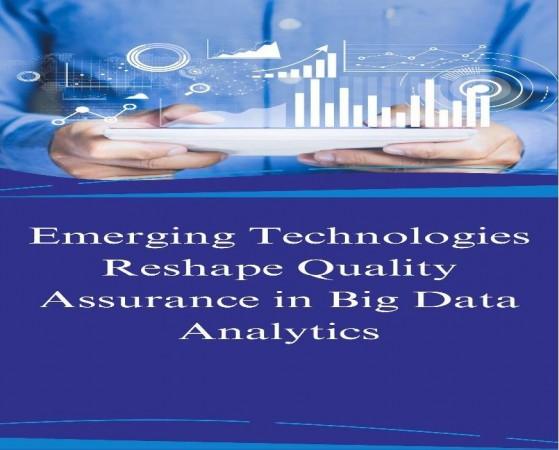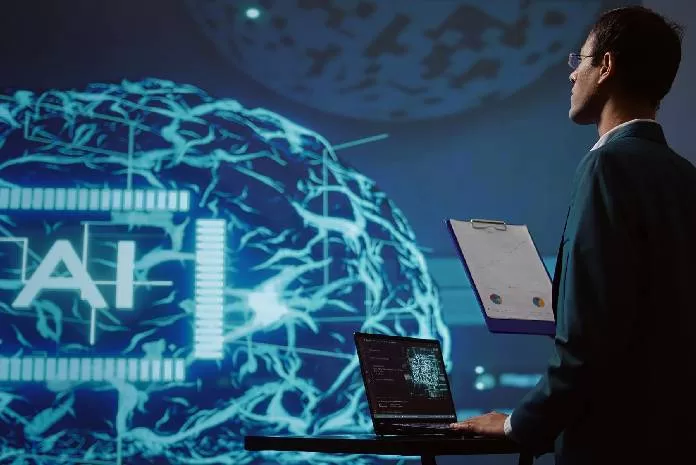
In a significant advancement for enterprise technology transformation, Vishnu Iyengar, a software technologist and graduate of the Indian Institute of Technology, Madras, with decades of experience at leading global technology companies, has unveiled comprehensive frameworks for managing large-scale internal platform migrations using AI-assisted tools. The paper provides critical insights into how organizations can successfully evolve their critical infrastructure while maintaining business continuity.
The Art of Seamless Transition
Modern enterprises face unprecedented challenges when upgrading their internal platforms, as these systems often support thousands of engineers and millions of lines of code. Unlike external platform migrations, internal transitions must maintain perfect business continuity while preserving organization-specific workflows that have evolved over years. The research reveals that successful migrations require a carefully orchestrated approach that balances standardization with organizational specificity.
AI Enters the Migration Toolkit
The integration of AI into migration tools marks a transformative advancement in enterprise systems. Modern AI capabilities now power enhanced pattern recognition, automated transformation rules, and custom migration pathways. This breakthrough particularly shines in managing complex edge cases, while maintaining essential validation protocols for reliability.
Smart Automation Takes Center Stage
The research highlights how sophisticated automation tools are becoming essential for managing large-scale transitions. Modern migration systems can orchestrate thousands of engineering changes while ensuring consistency and reliability. These tools provide capabilities for incremental rollout, verification, and rapid incident response that go far beyond traditional migration approaches.
Data: The Migration Challenge
A critical aspect of internal platform migration involves managing business-critical data in company-specific formats. New approaches combine AI-powered schema mapping with sophisticated validation systems to ensure zero data loss while maintaining continuous accessibility. This infrastructure supports both bulk and incremental migration patterns while preserving strict consistency guarantees.
The Three-Phase Revolution
The research outlines a three-phase approach to platform migration. The initial pilot phase focuses on proving value with specific, well-defined problems. The second phase expands platform capabilities based on lessons learned, while the final phase enables organization-wide adoption. This structured approach helps organizations maintain stability while systematically transitioning thousands of users.
Monitoring in the Modern Era
Advanced monitoring systems now provide comprehensive visibility across multiple dimensions: technical progress, operational metrics, and organizational status. AI-powered analytics can identify patterns in migration blockers, suggest optimizations, and predict potential issues before they impact progress. This proactive approach helps organizations maintain momentum throughout the migration process.
Future-Proofing Enterprise Systems
The research demonstrates that successful platform migrations require more than technical solutions – they demand a carefully orchestrated strategy that aligns teams, resources, and priorities across the organization. The integration of AI capabilities represents an important evolution in this field, though one that must be approached with careful consideration for reliability and business continuity.
Building Tomorrow’s Infrastructure
Looking ahead, the research identifies promising directions for future development, including more reliable code transformation models, better approaches to semantic validation, and AI-assisted migration planning. The development of formal models for evaluating migration readiness and predicting migration complexity could significantly improve planning and execution of future migrations.
The Path Forward
As organizations continue to grow and their internal platforms become more sophisticated, the ability to execute these migrations successfully becomes increasingly crucial for maintaining engineering velocity and organizational effectiveness. The research provides technical leaders with actionable frameworks for evolving critical internal infrastructure at scale.
In conclusion – Vishnu Iyengar’s work demonstrates that the emergence of AI-assisted migration tools marks a watershed moment in enterprise technology evolution. His paper highlights how the fusion of artificial intelligence with traditional migration approaches is revolutionizing how organizations handle complex platform transitions. The strategic integration of AI capabilities, while maintaining strict reliability standards, not only streamlines the migration process but also establishes a new paradigm for evolving mission-critical enterprise systems, promising a more efficient and reliable future for large-scale digital transformations.


![OnePlus 13R unveiled ahead of Jan 7 launch; key features tipped [details] OnePlus 13R unveiled ahead of Jan 7 launch; key features tipped [details]](https://data1.ibtimes.co.in/en/full/808188/oneplus-13r-unveiled-ahead-jan-7-launch-key-features-tipped-details.png?h=450&l=50&t=40)











